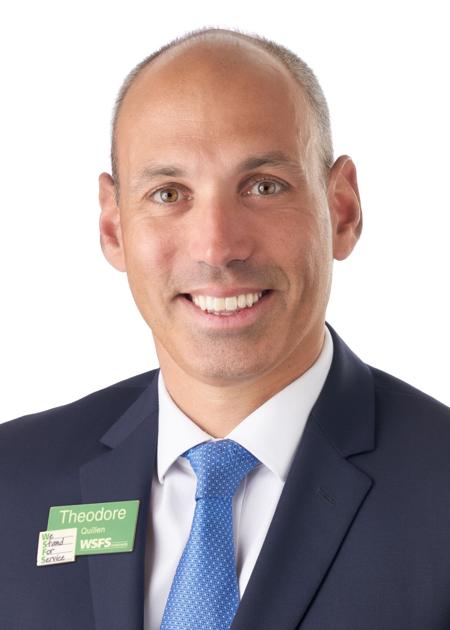Many of us are familiar with using a map to reach an unknown destination or following directions to assemble an item. Think furniture from a certain Swedish store. Without the map, we’d have a tough time finding our destination and without the directions we’d have an even more challenging time assembling the furniture.
Think of a financial plan as a roadmap to reaching a financial goal; this can be any goal, but in many instances it’s a map or directions to reaching a retirement goal. If we don’t have some type of direction in mind, it’s going to be very challenging reaching that goal.
Here are some steps to help you reach your retirement goals.
Start Early
Time is one commodity that we can’t buy more of or get back. When it comes to retirement planning and investing, the more time we have to reach our goals the more likely we are to reach them. If we wait too long to start planning, we may face a daunting and unrealistic savings goal. If one were to start saving 10 years earlier, they can save a smaller percentage of their overall income to achieve their plan.
Another benefit of starting early is the longer our money is invested the more time we take advantage of compounding interest, which can be very powerful. An early start also gives us the opportunity to overcome any unforeseen roadblocks such as a job loss or health emergency.
Set Goals
Once we put our mind to starting a plan, it’s important to set a goal. The goal can be that you want to retire at age 65 with 80% of your current or future income. Once you’ve set this goal, then you can start working towards how to reach it. This may be a good time to enlist the services of a professional adviser that can work with you and outline how to attain your goal. A CFP® professional can help you create a formalized plan that can include all aspects of your financial life.
Account for your assets and liabilities
To formulate an accurate plan, you’ll want to have an up-to-date accounting of your assets. This includes bank, investment, and retirement plan assets. It’s also helpful to list how much you’re currently saving monthly and to what types of accounts, such as IRA’s or 401(k)’s. This is the time to also collect information about any liabilities you may have, such as a mortgage, car loans or any other debts.
Precisely knowing what you’re spending vs. saving in the form of a budget is a valuable tool in retirement planning.
Monitor
After you’ve spent time establishing a plan, it’s important to periodically monitor that plan. This entails reviewing the plan to confirm you’re staying on track, whether that’s saving enough, paying off debt or staying within your budget. This can be done as often as you’d like, but at least semiannually so that you don’t find yourself too far off course.
Whether you decide to go it alone or work with a CFP professional, establishing a financial plan will help you reach your retirement goals in a much more efficient manner.
Ted Quillen is a financial advisor with WSFS Wealth Investments and offers securities and advisory services as a Registered Representative and Investment Advisor Representative of Commonwealth Financial Network®. He graduated from the State University of New York at Cortland and is a Certified Financial Planner professional. Quillen can be reached at tquillen@wsfsinvestments.com.

